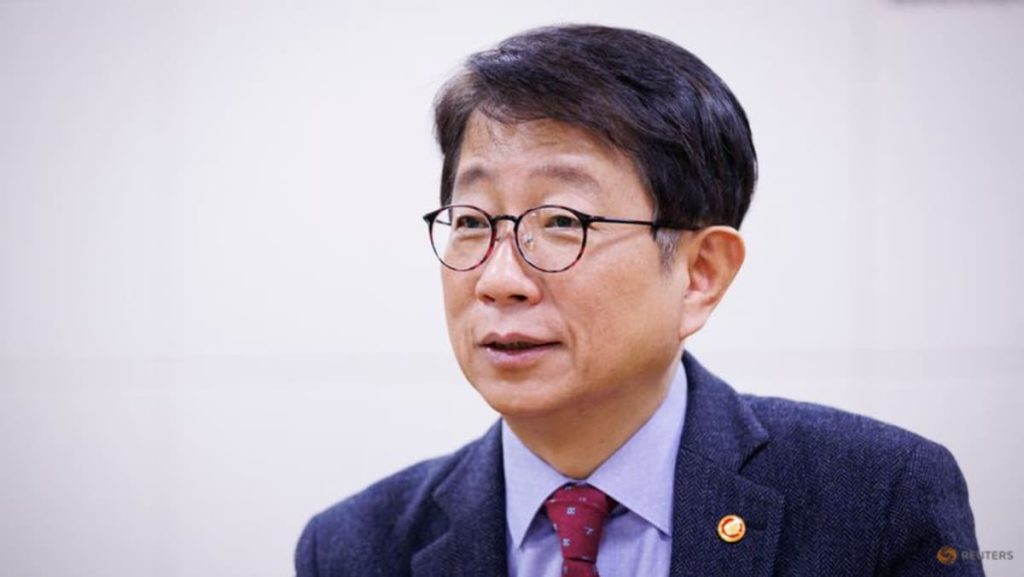The tragic crash of Jeju Air flight 7C2216 on December 29, 2024, has sent shockwaves through South Korea, prompting a national reassessment of air safety protocols and leading to the resignation of the country’s transport minister. The incident, which claimed the lives of all 179 people on board, occurred as the Boeing jet attempted to land at Muan International Airport in southwestern South Korea. Departing from Bangkok, Thailand, the aircraft encountered difficulties during its descent, ultimately resulting in a belly landing and subsequent collision with an embankment just beyond the runway. The impact triggered a devastating explosion and inferno, leaving no survivors.
Transport Minister Park Sang-woo publicly acknowledged his responsibility for the disaster, expressing profound remorse and announcing his intention to resign. While the exact timing of his departure remains undetermined, Minister Park emphasized his commitment to addressing the immediate aftermath of the crash before stepping down. His decision reflects the gravity of the incident and underscores the government’s commitment to accountability in the face of this national tragedy.
The investigation into the crash has focused on the role of the airport’s landing systems, particularly the embankment supporting the localizer antenna. This antenna, crucial for guiding aircraft during landings in low visibility conditions, is believed to have contributed to the severity of the accident. Aviation safety experts have criticized the embankment’s rigid construction and its proximity to the runway’s end, suggesting that these factors may have exacerbated the impact of the belly landing. The embankment, designed to elevate the localizer antenna, potentially acted as a ramp, propelling the aircraft upwards upon impact and contributing to the devastating explosion.
Deputy Transport Minister Joo Jong-wan acknowledged the inadequacy of existing safety measures surrounding the embankment’s construction. While maintaining that the construction adhered to both domestic and international regulations, he conceded that these regulations themselves may have been insufficient to prevent such a catastrophic outcome. This admission underscores the urgent need for a comprehensive review of airport safety standards, both in South Korea and potentially globally. The potential for similar vulnerabilities at other airports raises significant concerns and necessitates a proactive approach to prevent future tragedies.
The South Korean police have launched a thorough investigation into the circumstances surrounding the crash, including the construction of the embankment. As part of this investigation, authorities conducted raids on both Jeju Air and the operator of Muan International Airport, seeking evidence related to potential negligence or safety violations. The scope of the investigation encompasses not only the physical structure of the embankment but also the adherence to safety protocols and the decision-making processes that led to its construction in its current form. The investigation aims to determine whether any criminal negligence contributed to the disaster.
The Jeju Air tragedy serves as a grim reminder of the critical importance of stringent air safety regulations and their rigorous enforcement. The loss of 179 lives underscores the potential consequences of inadequate safety measures and highlights the need for continuous improvement and adaptation in the face of evolving aviation technology and infrastructure. The ongoing investigation, coupled with the transport minister’s resignation, signals a commitment to identifying the root causes of this devastating accident and implementing necessary changes to prevent similar tragedies in the future. The focus on the embankment’s construction and its potential role in the crash highlights the complex interplay of factors that can contribute to aviation accidents and the importance of a holistic approach to safety.

